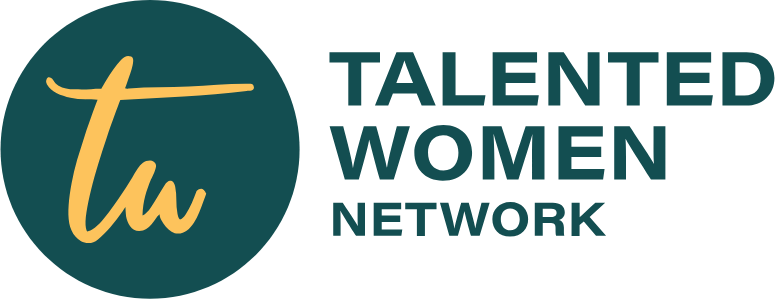The pandemic didn’t just change where we work—it fundamentally reshaped how we work.
As companies navigate the new terrain of hybrid work, one thing has become clear: the traditional office is no longer fit for purpose.
Across industries, leaders are reimagining physical spaces not as rows of desks, but as dynamic hubs that foster collaboration, culture, and flexibility. So what’s in, what’s out, and what’s next for the modern workplace?
What’s In?
1. Purpose-Driven Design
Today’s office isn’t where you go to work—it’s where you go to connect. Forward-thinking companies are embracing purpose-driven design, creating spaces that support intentional activities: team collaboration, brainstorming sessions, client meetings, and culture-building events.
These modern offices include open lounges for informal interactions, soundproof pods for focused work, and modular furniture that can adapt to changing needs. The goal isn’t to replicate home—it’s to offer what home can’t: community and connection.
2. Flexibility and Intentional Presence
The office of the future supports intentional presence—people come in for a reason, not just out of routine. Organizations are creating flexible policies and workspaces that accommodate a range of needs, from introverts who crave quiet to extroverts who thrive on energy.
Some are even introducing “neighborhoods”—designated zones by team or function—so employees can easily find their colleagues when they’re on-site, fostering both serendipitous interactions and deep work.
3. Tech-Enabled Collaboration
Hybrid work has elevated the importance of technology in workplace design. From smart conference rooms equipped with seamless video integration to AI-powered scheduling tools and VR collaboration spaces, tech is no longer an add-on—it’s a foundational layer.
The key? Equity. A well-designed hybrid office ensures remote workers have the same access, visibility, and voice as their in-office counterparts. Hybrid doesn’t mean second-class citizenship for those who aren’t physically present.
What’s Out?
1. Assigned Desks and Rigid Layouts
Say goodbye to the cubicle farm. The era of personalized desks, fixed workstations, and rigid floor plans is quickly becoming obsolete. In a hybrid environment—where employees split time between home and office—permanent desk assignments make little economic or strategic sense.
Unused real estate is a cost center, not a perk. Companies are opting instead for agile seating models, hot-desking, and smart booking systems that align space utilization with actual in-office attendance.
2. One-Size-Fits-All Policies
Pre-2020, office policies were often based on a single model: full-time, on-site work. Those days are over. A rigid approach to hybrid work—mandating employees to be in-office certain days without considering team dynamics or role-specific needs—misses the mark.
Top talent now expects choice and autonomy. Companies clinging to old-school structures risk higher attrition and reduced engagement.
3. Perks-as-Culture
The ping-pong tables, snack bars, and nap pods that once signaled a “cool” workplace now feel dated. In a hybrid world, culture isn’t built on perks—it’s built on purpose and connection.
Employees care more about how they feel at work than what they’re given. Culture is measured in transparency, psychological safety, and how well a company supports work-life integration.
The office isn’t dead—but its role is undeniably evolving. As we move into this next chapter of work, companies that rethink their spaces with flexibility, purpose, and people at the center will be best positioned to attract top talent, foster innovation, and build resilient cultures.
Hybrid work isn’t a trend—it’s a transformation. And the office, redesigned with intention, is where that transformation takes shape.

